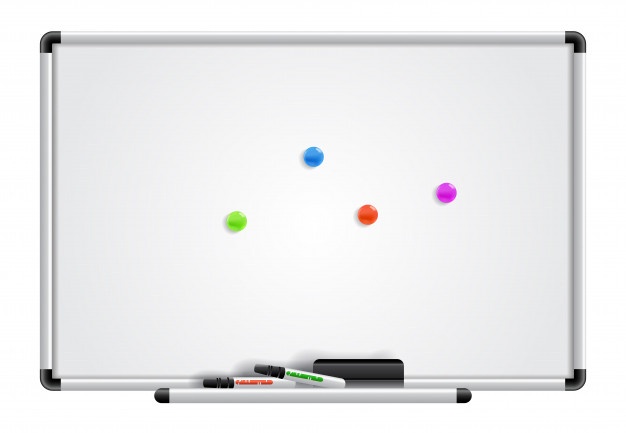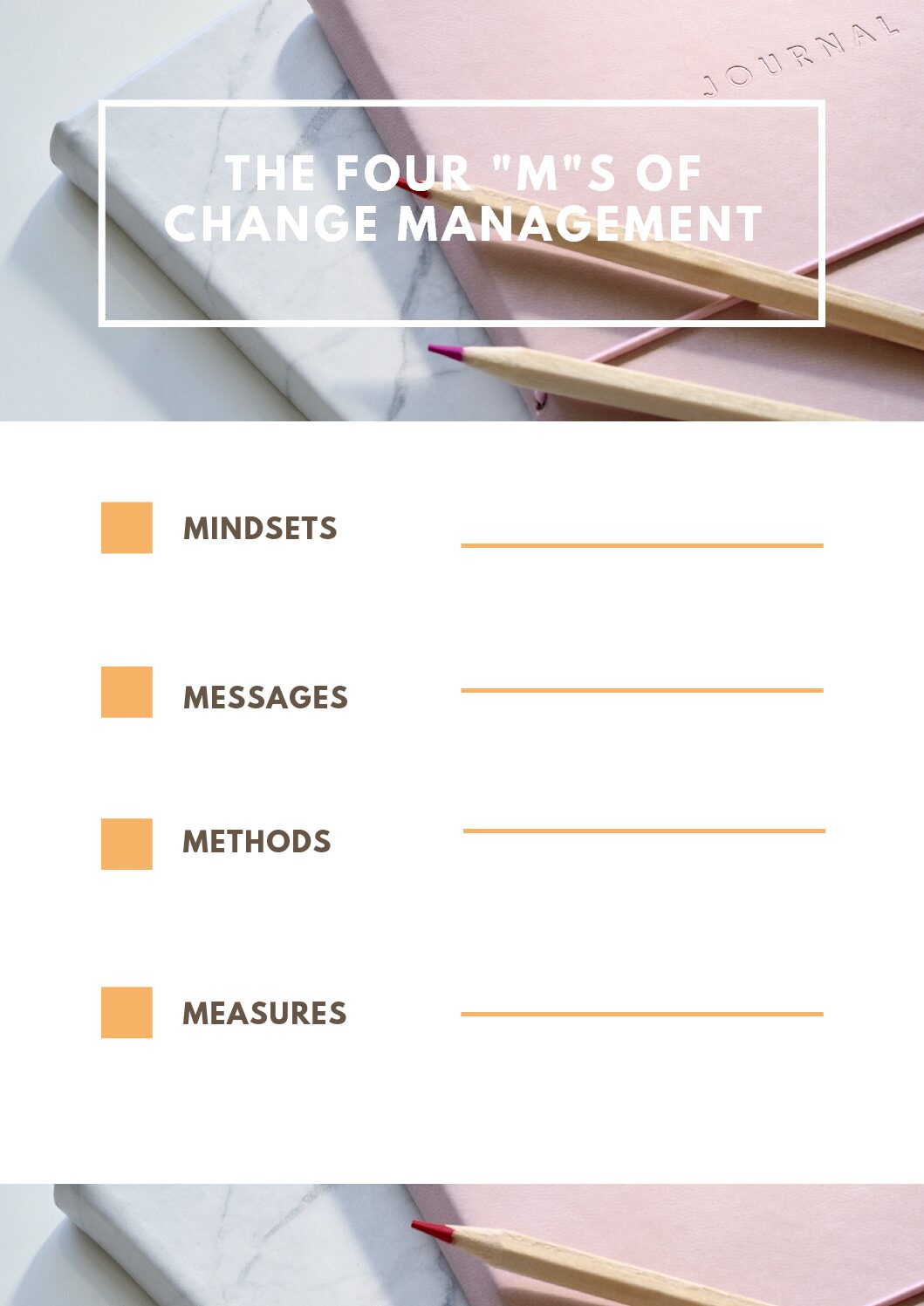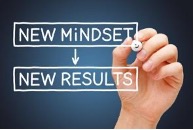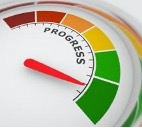The other day I watched a brilliant CEO deliver an investor meeting interview on Zoom. You know the kind I mean: 20 minutes or so, questions about a product launch, impact to the market, etc. The CEO was well prepared, offering well-crafted sound bites and compelling data and ideas. In contrast, the interviewer asked great questions but his digital body language completely detracted from the segment.
FOCUS.
Throughout the conversation, the host was looking everywhere but the camera–and that means everywhere but at this guest. He glanced down to look at his phone, a monitor over his left shoulder (not quite directly behind him, but a huge pivot away from the speaker), and what I presume was himself on the screen.
The impact: I can only imagine how the CEO felt. She was providing stellar information, and the host was all over the place. As a viewer, I felt empathy for the CEO and annoyed with the host.
The solution: The key to an effective Zoom interview is to demonstrate eye contact as much as possible, just as if you are in person. You must train yourself to look directly at the camera. This takes practice! The natural thing to do is to look at the video of your guest or even of yourself on the screen. Instead, you have to keep others in your peripheral view and focus your eyes on the little red light at the top of your screen. You don’t have to maintain a blank stare: nod, tilt your head, even glance away momentarily to look at your notes or phone.
FORM.
Throughout the interview, the host was leaning back in his office chair, rocking and chewing on a pen.
The impact: Viewers were distracted by the host’s movement which took the focus away from the guest. As the CEO was sharing important information about her company’s objectives and how they were tracking to achieve those goals, I found myself wondering if the interview realized he was on camera.
The solution: Find a comfortable posture that focuses on the conversation. You don’t have to sit stiffly at attention in your chair, but you do need to demonstrate you’re conducting an interview. Monitor your body language to show you take the interview seriously. Pro-tip: One way to create a focused, lean in posture is to stand for a video session. There are lots of adjustable desks, from self standing models to small desktop stands that can elevate your laptop or camera. Standing makes it feel more like you’re on stage. Aren’t you?
FRAME.
At a key point in the interview, the host’s adorable puppy wandered on screen. Guess what I kept waiting to see for the duration of the interview?
The impact: Viewers can be distracted by what they see in the background. If you want your audience to focus, then don’t give them reasons not to.
The solution: Yes, we all love dogs and cats and babies and clueless delivery persons. But while it might have been funny in the early days of remote working to watch everyone’s home life unfold in front of the camera, an interview does not afford the same informality. Close doors, put up DO NOT DISTURB signs—whatever it takes to keep your space quiet and undisturbed.
Need help preparing for a Zoom interview? Give us a call. We can help you practice to deliver interviews that get you lots of Likes and have your guests asking to come back.













